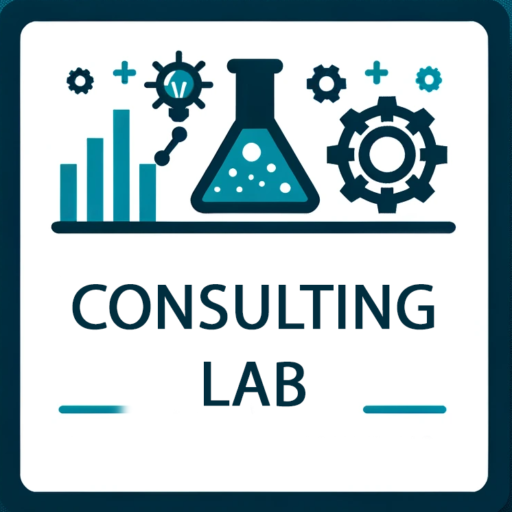
Understanding your customers’ needs and preferences is crucial for developing successful products and effective marketing strategies. To gain these insights, companies conduct user interviews to ask pertinent questions that can reveal hidden customer motivations and challenges. However, the way these questions are framed can significantly impact the value of responses received. Here’s a guide to asking the right questions and conducting valuable market research on a limited budget.
Asking the Right Questions
Questions to Avoid:
- Leading Questions:
Leading questions imply a particular answer and can skew responses. For instance, “Don’t you think our product is easy to use?” subtly suggests a positive response, which may not reflect the customer’s genuine experience. - Double-Barreled Questions:
Asking about two things at once can confuse respondents and yield unclear results. “Do you like our website design and customer support?” mixes two concepts, so the response may not provide accurate insights into either. - Yes/No Questions:
Restrictive, closed-ended questions like “Do you like our product?” prevent interviewees from sharing nuanced feedback. - Hypothetical Questions:
Hypothetical questions, such as “Would you buy this product if it were available in your region?” might not reflect actual behavior, leading to inaccurate predictions. - Technical Jargon Questions:
Using jargon-filled questions like “How would you describe the GUI of our SaaS solution?” can confuse respondents and obscure their feedback.
Questions to Ask:
- Open-Ended Questions:
These questions encourage customers to share detailed responses. “Can you describe your experience with our product so far?” allows for a range of positive and negative insights. - Follow-Up Questions:
Probing further into a customer’s initial responses can yield richer context. If a customer mentions a specific challenge, asking “Can you elaborate on why you felt that way?” will provide more clarity. - Behavioral Questions:
Asking about past behaviors, like “Tell me about the last time you purchased a similar product,” often reveals valuable decision-making processes. - Pain Point Questions:
Identifying customer challenges with questions like “What challenges do you face when using [category/product]?” can help refine solutions. - Solution-Oriented Questions:
Asking for suggestions like “What improvements would you recommend for our product/service?” makes customers feel valued and provides actionable feedback.
Market Research on a Budget
In the video Maximizing Market Research Value on a Budget, the speaker highlights how companies can gain critical market insights without a significant budget. Here are some key takeaways:
Necessity of Market Research:
- Market research is crucial for understanding customer needs and developing products and strategies aligned with market demands.
Common Obstacles:
- Comprehensive market research can be expensive.
- Lack of understanding about data collection and analysis can limit insights.
Affordable Alternatives:
- Use online survey tools to quickly and cheaply reach a broad audience.
- Conduct user interviews through social media groups, industry networks, or customer lists.
- Engage in qualitative research via focus groups to gain in-depth insights.
Leverage Existing Data:
- Internal customer data and analytics can reveal valuable trends and patterns.
- Public databases, industry reports, and third-party studies provide a broader market understanding.
Iterative Approach:
- Start with low-budget research to refine hypotheses and direction.
- Continuously iterate based on findings to ensure alignment with customer needs.
Stakeholder Engagement:
- Involve stakeholders in the research process for broader insights and buy-in.
- Share actionable insights clearly to guide internal decision-making.
Conclusion
Market research doesn’t need to be expensive to deliver value. By asking the right questions and leveraging creative tools, companies can gain meaningful insights from budget-friendly research approaches that align products and strategies with customer needs

